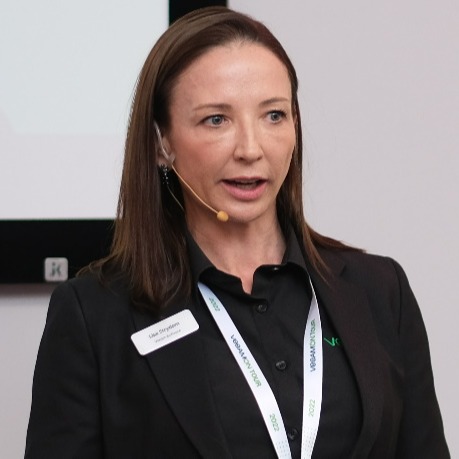Will hybrid be the break in the clouds for data protection?
From stealing your identity and accessing your bank accounts to holding your information for ransom, cybercriminals are becoming increasingly cunning in the methods they use. To combat this, organisations need a data protection strategy to keep their businesses running, while also operating within strict IT budgets. And a hybrid infrastructure can be the silver lining they’ve been searching for, writes Lisa Strydom, Senior Manager Channel & Alliances Africa at Veeam
Imagine a world without emails or e-commerce. Practically everything we do today in both our personal and professional lives is in one way or another connected to the Internet. And while our worlds are becoming more interconnected by the day in an effort to simplify our lives, organisations continue to collect confidential customer data.
This data is often kept in a secure location, on a traditional physical server or in the cloud. However, as technology continues to evolve, so do the tricks and tactics of cyber attackers.
For those organisations still living under a cloud of uncertainty, this begs the question - do we secure our data on-premises in a physical server, or do we heed the revolutionary call and look for the silver lining in the cloud?
It’s no secret that the African continent is a highly cost-sensitive region, and many organisations have found solace in the cost-effectiveness of storing data in the cloud. Cloud-based solutions also require fewer resources than conventional data centres, meaning that fewer employees need to be upskilled to leverage the capabilities of the cloud. This, coupled with the added flexibility and peace of mind that goes with knowing that their data sits in the hands of cloud service providers who are skilled experts in the field, makes for an enticing offer.
However, those that are still contemplating their digitally transformative moves may not truly understand the complexities of migrating data from one platform to another and need to be mindful of the implications that may arise and plan accordingly. It is often a complex and costly affair and comes with a host of challenges, including carefully managing what data to migrate over, keeping tabs on increasing costs, and having the right processes and parameters in place to ensure only that authorised users can create and access workloads. Simply put, it’s not as easy as merely clicking the copy and paste shortcut keys.
Combining on-premises storage resources with a cloud storage provider, the hybrid cloud is a solution that many organisations have embraced, particularly for those wanting to retain their existing data embedded within their traditional physical servers, while reaping the benefits of the cloud.
The transition to cloud-based services seems inevitable for organisations of all sizes. However, just as there isn’t only one type of production cloud, there isn’t just one cloud protection scenario. This is where the channel plays a critical role in advising customers on the best solution for their unique business needs, based on the volume of data, priority of certain workloads and available budget. Organisations should consider cloud tiers for retention, Backup as a Service (BaaS), and ultimately Disaster Recovery as a Service (DRaaS) - and this is where the hybrid cloud shines through.
The hybrid cloud provides a host of benefits, including optimal flexibility, improved scalability and control, greater support for a remote workforce, cost control, and enhanced backup capabilities. It is, however, important to note that data protection in the cloud remains the responsibility of the organisation (the data owner) and not the cloud service provider, meaning that a robust data protection strategy which follows the shared responsibility model is needed for data kept in the cloud.
The latter is particularly important given that the Veeam Ransomware Trends Report 2023found that 85% of organisations have experienced a ransomware attack over the course of the past twelve months. What’s more concerning is that of those affected, only 19% were able to successfully recover their data without payment being made, with 33% unable to recover their data, even after paying the ransom.
The hybrid cloud model allows organisations to bolster their data defence arsenals if the 3-2-1-1-0 golden backup rule is applied. Here, three copies of data are stored across two different media types, while one copy is kept offsite in the cloud, and the other copy is stored offline, air-gapped, or immutable. Lastly, zero relates to no errors or failures in the recovery phase through testing, ensuring that all backup data is thoroughly verified.
Irrespective of the platforms an organisation chooses to leverage, organisations of today need to do their part in ensuring that their data is always uncompromised and available at all times. And with physical servers and virtual machines accounting for around 50% of an organisation’s overall IT plan, with the rest being cloud-based, according to the Veeam Data Protection Trends Report 2023, don’t you think it’s about time you follow suit and reap the benefits of a hybrid set-up?
